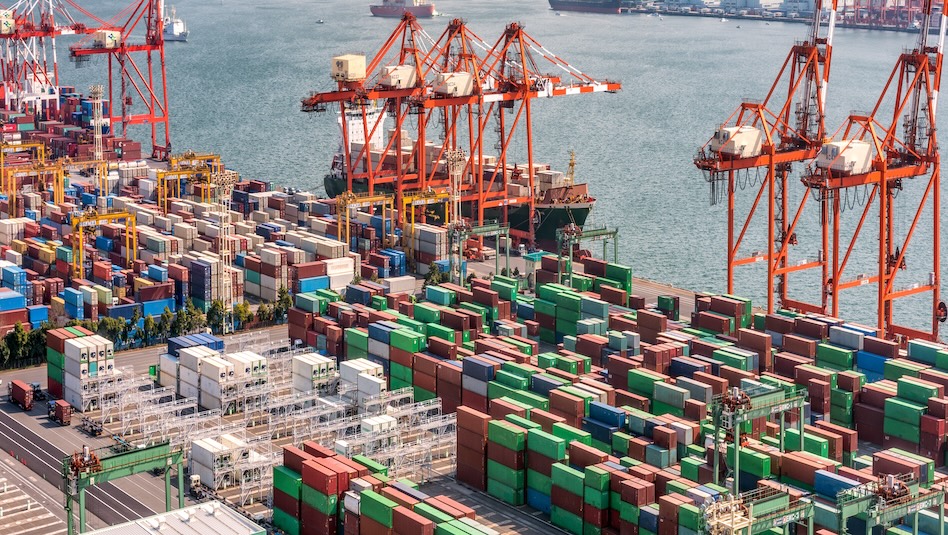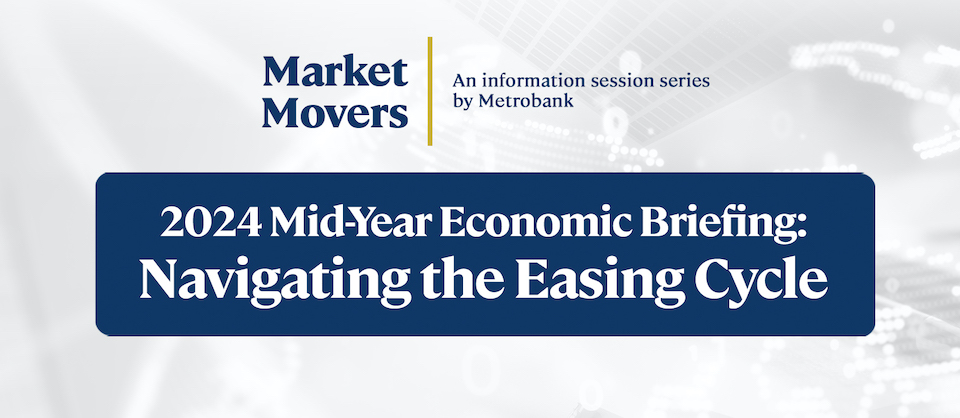




Monthly Economic Update: One for the road
 DOWNLOAD
DOWNLOAD

Inflation Update: Still low, still slow
 DOWNLOAD
DOWNLOAD

Philippines Trade Update: Exports momentum continues
 DOWNLOAD
DOWNLOAD


Banks’ bad loan ratio falls to one-year low

The Philippine banking system’s gross nonperforming loan (NPL) ratio fell to a one-year low in December, preliminary data from the Bangko Sentral ng Pilipinas (BSP) showed.
The industry’s gross NPL ratio slid to 3.27% in December from 3.54% in November. This was the lowest NPL ratio since the 3.24% posted in December 2023.
BSP data showed the amount of bad loans declined by 3.9% to PHP 500.3 billion as of end-December from PHP 520.5 billion a month earlier.
Year on year, soured loans rose by 11.4% from PHP 449 billion.
Loans are considered nonperforming once they remain unpaid for at least 90 days after the due date. These are deemed as risk assets since borrowers are unlikely to pay.
The total loan portfolio of Philippine banks increased by 4.1% to PHP 15.3 trillion as of end-December from PHP 14.7 trillion at end-November. Year on year, it jumped by 10.6% from PHP 13.9 trillion in the same period in 2023.
Past due loans dropped by 4.8% to PHP 604.9 billion as of December from PHP 635.5 billion a month ago. However, it climbed by 10.2% from PHP 548.9 billion a year earlier.
This brought the past due ratio to 3.95% in December, lower than 4.32% in November and 3.96% a year prior.
Restructured loans accounted for 2.03% of the industry’s loan portfolio, a tad higher than the 2% in November but lower than the 2.18% in the same month in 2023.
Banks’ loan loss reserves inched up by 0.9% to PHP 480.7 billion in December from PHP 485.2 billion in November. Year on year, it rose by 5.2% from PHP 456.9 billion.
This brought the loan loss reserve ratio to 3.14% as of end-December, higher than 3.3% at both end-November and end-December 2023.
Lenders’ NPL coverage ratio, which gauges the allowance for potential losses due to bad loans, rose to 96.08% in December from 93.21% in November but was lower than 101.74% in the same month in 2023.
Jonathan L. Ravelas, senior adviser at professional service firm Reyes Tacandong & Co., said lower interest rates and easing inflation last year helped bring down NPLs.
“Note that the BSP has cut policy rates by 75 bps in 2024 and falling inflation helps stem the rise in NPL,” he said.
The central bank reduced borrowing costs by a total of 75 bps since it began its easing cycle in August 2024. This brought the key rate to 5.75% by yearend.
Headline inflation averaged 3.2% last year, in line with the BSP’s forecast. This was the first time that full-year inflation fell within the central bank’s 2-4% target since 2021, when inflation averaged 3.9%.
“Furthermore, banks’ loan growth at the fastest in two years also widened the loans base, thereby mathematically reducing the NPL ratio,” Rizal Commercial Banking Corp. Chief Economist Michael L. Ricafort said in a Viber message.
Separate BSP data showed bank lending jumped by 12.2% year on year to PHP 13.1 trillion in December. This was the fastest lending growth in two years.
For the coming months, the NPL ratio could ease further if the central bank is able to continue cutting policy rates and reserve requirements, Mr. Ricafort said.
“With sticky inflation and challenges of Trump 2.0, it would be a herculean feat to bring it down back pre-pandemic levels,” Mr. Ravelas said.
Markets are pricing in the impact of US President Donald J. Trump’s latest policies, such as tighter tariffs, on inflation and interest rates.
“Prospects of rate cuts are challenging, at best we could see 50 bps this year and inflation risks remain,” he added. — Luisa Maria Jacinta C. Jocson
This article originally appeared on bworldonline.com





 By BusinessWorld
By BusinessWorld